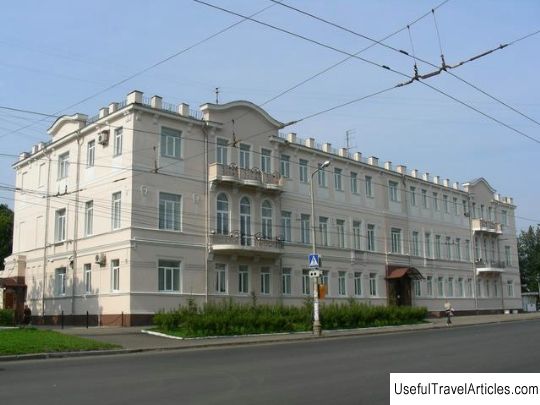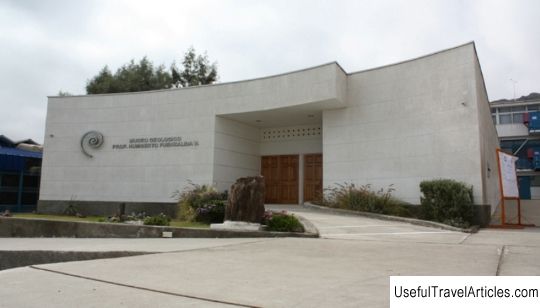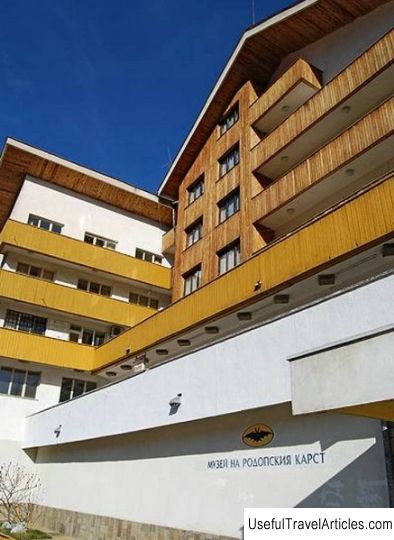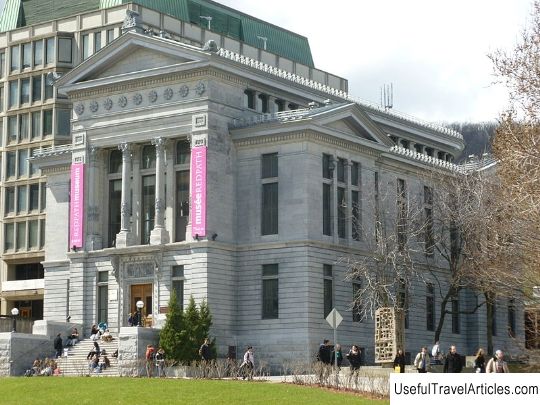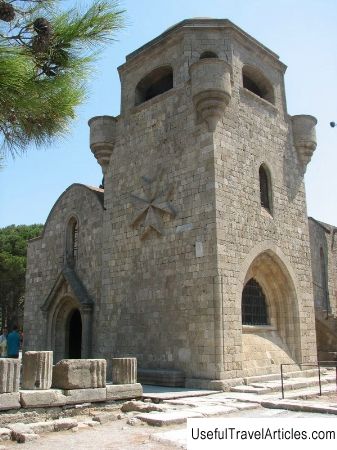Museum of mineralogy and paleontology description and photos - Greece: Ialyssos - Ixia (Rhodes)
Rating: 7,8/10 (689 votes) 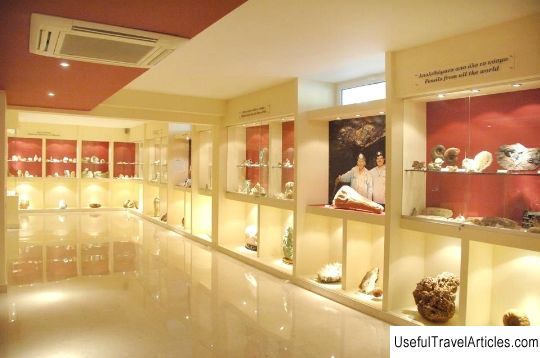
Museum of mineralogy and paleontology description and photos - Greece: Ialyssos - Ixia (Rhodes). Detailed information about the attraction. Description, photographs and a map showing the nearest significant objects. The title in English is Museum of mineralogy and paleontology. Photo and descriptionAmong the many attractions of the Greek island of Rhodes, the Museum of Mineralogy and Paleontology of Stamatiadis in Ialyssos undoubtedly deserves special attention. The museum is located at 33 Leoforos Irakleidon, on the first floor of the Perla Marina Hotel. The museum was founded in 2008 by Polychronis Stamatiadis, after whom it got its name. The collection of the Museum of Mineralogy and Paleontology of Stamatiadis is an impressive collection of minerals and fossils collected not only in various parts of Greece, but also from all over the world. This is a great opportunity to get acquainted with the richest world of minerals and the most ancient forms of life that existed on our planet millions of years ago. In the Museum of Mineralogy and Paleontology of Stamatiadis you can see such minerals as artinite, hydromagnesite, quartz, crocidolite and serpentine from the island of Rhodes, sulfur, obsidian, perlite and bentonite from Milo Island, green quartz, garnet, hedenbergite and barite from the island of Serifos, emeralds and pearls from the island of Naxos, lapis lazuli, malachite galena and calcite from Lavrion and much more. Of particular interest is the impressive collection of fossilized marine organisms from the Pliocene-Neogene period and the collection of plant fossils. The oldest exhibits of the museum are presented in a separate showcase - these are Rudists (an extinct group of bivalve molluscs) from the Cretaceous period from Boeotia, ammonites (an extinct subclass of cephalopods) from the Triassic period from Epidaurus, a collection of fossilized fish from Brazil from the Cretaceous period, Trilobites (an extinct class of marine arthropods) from the Ordovician period in Morocco and the crocodile skull of the Miocene era. In addition to the exhibition itself, in a specially equipped hall, guests of the museum can watch very informative documentaries and presentations. Topical lectures and seminars are also held here.       We also recommend reading Monastery of Jesus and Museum of St. Joana (Mosteiro de Jesus ou Museu de Santa Joana) description and photos - Portugal: Aveiro Topic: Museum of mineralogy and paleontology description and photos - Greece: Ialyssos - Ixia (Rhodes). |
